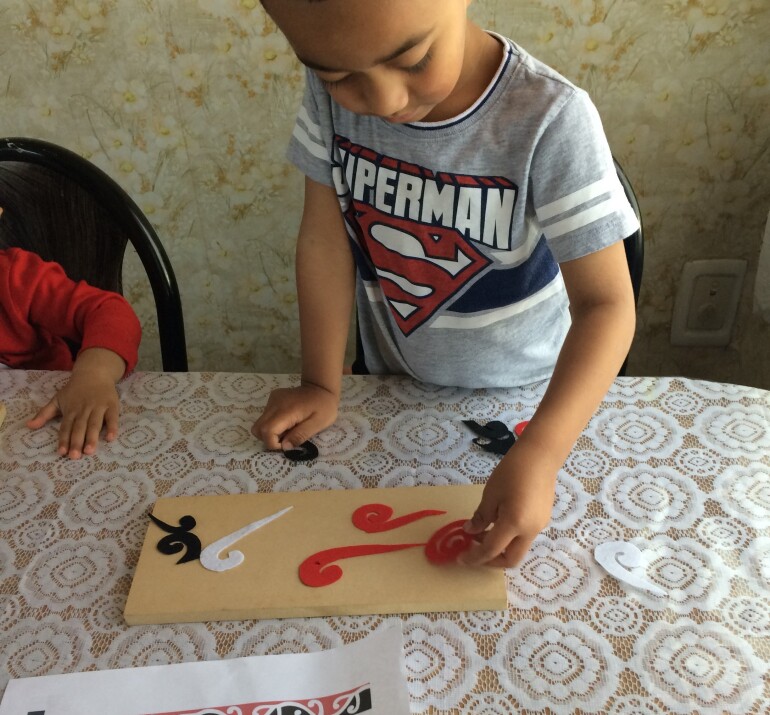News And Events

Fun Ideas: Sensory Felt for Mathematics
19 March 2024All of our Educators/Nannies will receive a kit of felt and ideas to use for learning about maths. The felt is a multi-purpose resource that can be changed and manipulated. For example, the felt can be cut to create shapes, grouped into colour, or cut into patterns – and it’s a great sensory resource for children of all ages!
Here’s some ideas, across the six strands of mathematics, the felt can be used for:
- Pattern: cut the felt into patterns such as 4 x koru and 4 x stars and use these to create patterns.
- Measuring: children can participate in the process of measuring the felt needed to create their shapes or patterns.
- Sorting: before and after cutting, sort the felt into colours, shapes, or size.
- Locating: explore turning the felt a half-turn, follow directions to cut the felt into a shape, turn the pattern up or down.
- Counting and grouping: count the pieces of felt, count how many shapes/patterns are cut out, group by colour or shape.
- Shape: name the shapes and see if you can find other shapes the same around the home.
Here are more ideas for learning about mathematics across all the age groups:
Infants:
Sing number rhymes; talk during care routines e.g. one-arm, two-arms, top on over your head, feet through pants, etc; push-pull toys; kete with loose-play resources such as wooden blocks and pegs, pieces of fabric, or metal spoons and whisks; shape mobiles.
Toddlers:
Blocks, cans or boxes for building/stacking/counting/sorting, magnetic counting stories; number puzzles; playdough or clay to sort and distribute and manipulate to learn about colour, shape, patterning; variety of craft objects for counting, sorting, grouping, patterning.
Young Children:
Discovery table with tape measure and kitchen and/or balancing scales and a variety of objects to measure, weigh and compare; set up a mini-supermarket with a checkout; process baking; stringing beads; design a picture of a building/structure and use blocks to recreate it.
The learning outcomes from Te Whāriki for mathematics include:
- Contribution Mana tangata: Recognising and appreciating their own ability to learn | te rangatiratanga
- Communication Mana reo: Recognising mathematical symbols and concepts and using them with enjoyment, meaning and purpose | he kōrero pāngarau
- Exploration Mana aotūroa: Using a range of strategies for reasoning and problem solving | te hīraurau hopanga. Making sense of their worlds by generating and refining working theories | te rangahau me te mātauranga


